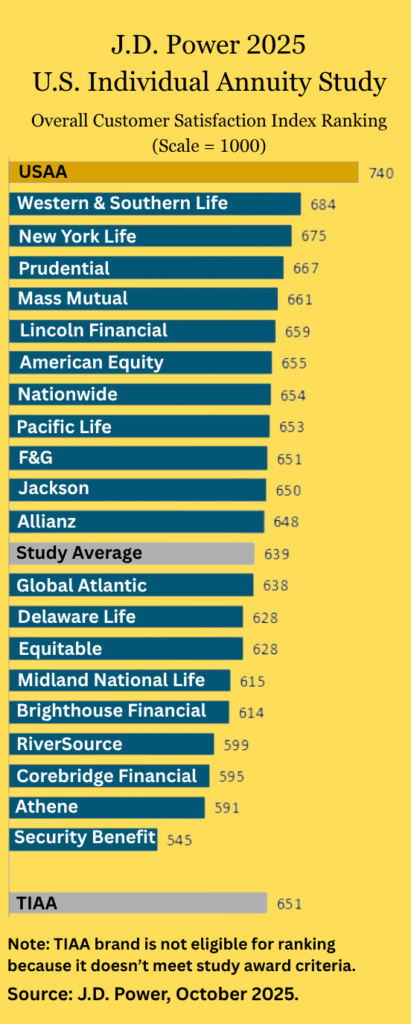
A new Social Security trust fund report recently came out. Here’s what caught my eye in the summary: “In 2024, the Old Age and Survivor Insurance Trust Fund’s cost of $1,327.2 billion exceeded income by $103.2 billion [while] the Disability Insurance Trust Fund’s income of $193.8 billion exceeded cost by $36.2 billion. Combining the experience of the two separate funds, Social Security’s cost exceeded income by $67.0 billion.”
Note the use of the word “cost.” The report could have said instead that 60 million Americans received social insurance benefits of $1.33 trillion in 2024, money that surged through the U.S. economy—catalyzing activity, boosting consumption, relieving retirees of having to liquidate their investments, and relieving retirees’ children of having to feed, clothe and shelter them.
News reports often say that Social Security is the biggest expense on the U.S. budget. Much less often, they forget to add that it brings in over a trillion dollars in revenue (and isn’t even part of the budget, but only the unified budget.) Social Security is a success. No life insurer or consortium of life insurers could deliver the same benefits for the same price.
The debate over Social Security suffers from the “science of confusing between stocks with flows” that economist Michal Kalecki famously said was the definition of economics. Social Security doomsayers point to the present value of decades of projected future shortfalls as a terrifying lump sum liability (a stock of money).
They imagine a zero-sum game between “generations” (a stock of people). Instead, the SS liability and the elderly population are flows. The stock/flow problem contributes to distortions in other debates. The national debt is often characterized as a stock; it is a manageable flow. The debt is paid off or rolled over every day.
We think of the current market value of retirement savings in the U.S.—over $40 trillion—as a stock; it’s a flow. We often hear that health care in retirement will cost two spouses $300,000 beyond what they’ve saved; that’s scary if you imagine that you must save $300k more than you planned for. But that too is a flow, not a stock.
The trustees report says that in the future, based on projections, Social Security will cost 19% of payroll, up from 15.2% today. I would argue that a 19% payroll tax is worth paying—half paid by the employer, theoretically—in light of the lifelong, guaranteed, inflation-adjusted life-contingent annuity (with spousal continuation) that it delivers.
Someone needs to start talking up the value of Social Security instead of trashing it. The debate is currently framed as a conflict over how the agony of refinancing Social Security will be distributed. The discussion is distorted by the sometimes deliberate confusion between stocks and flows. There is a way out of the conceptual logjam that the blocks progress on Social Security reform.
Social Security, which is still overwhelming popular among Americans, needs and deserves a more robust, articulate defense. In other words, illegitimi non carborundum.
© 2025 RIJ Publishing LLC. All rights reserved.


